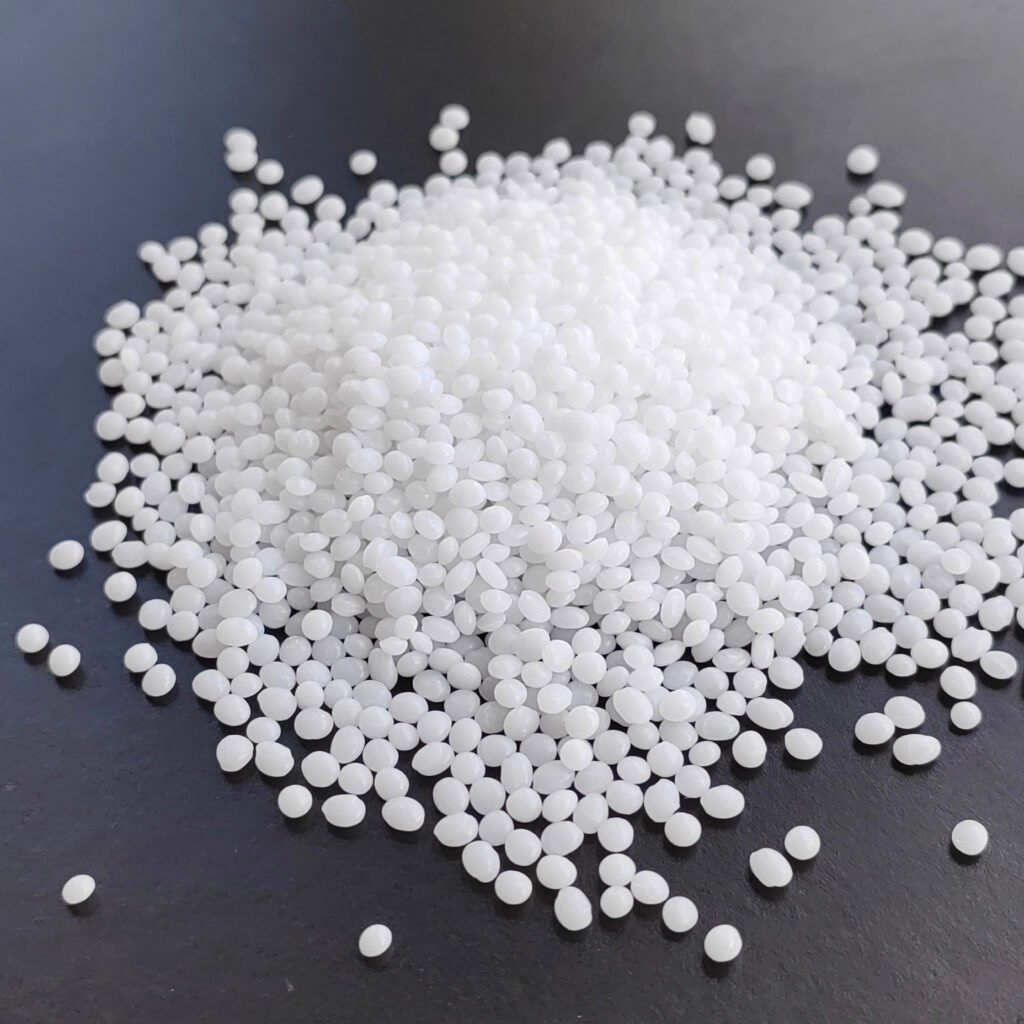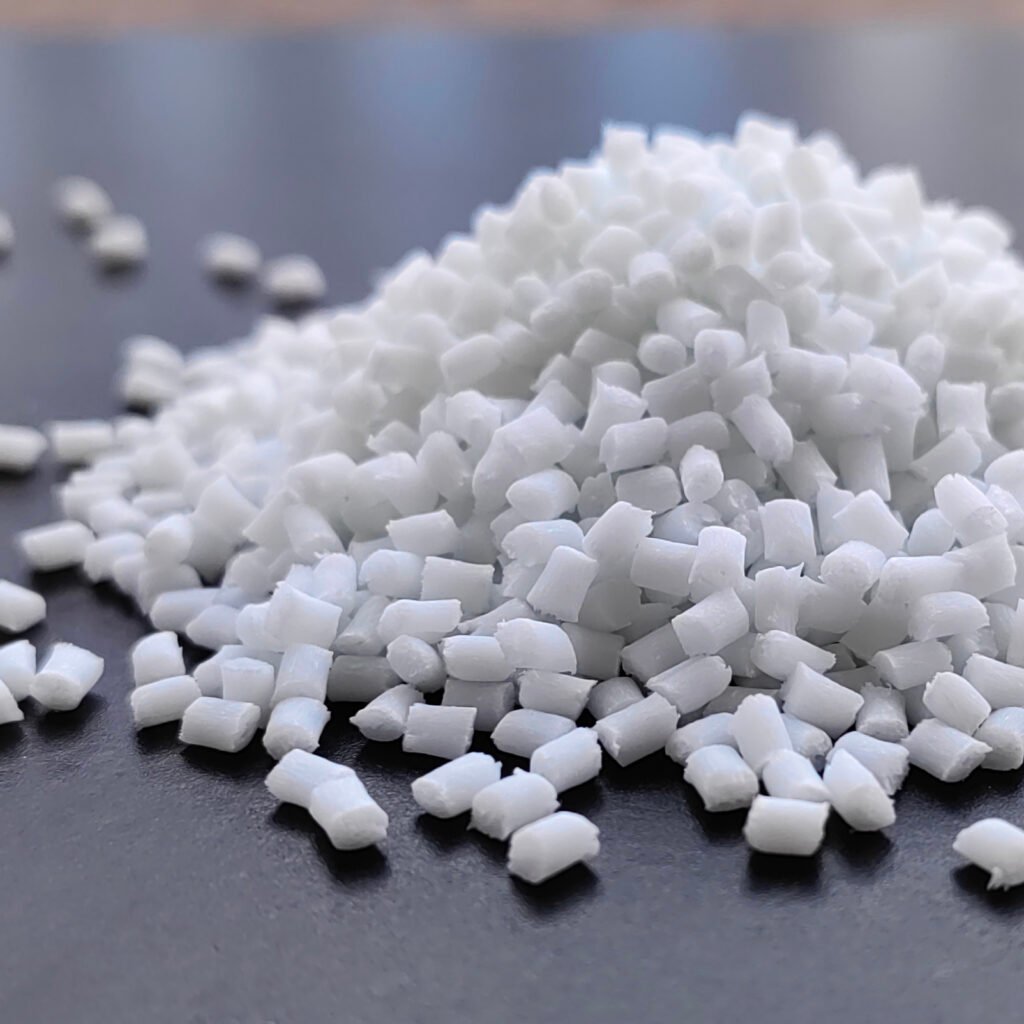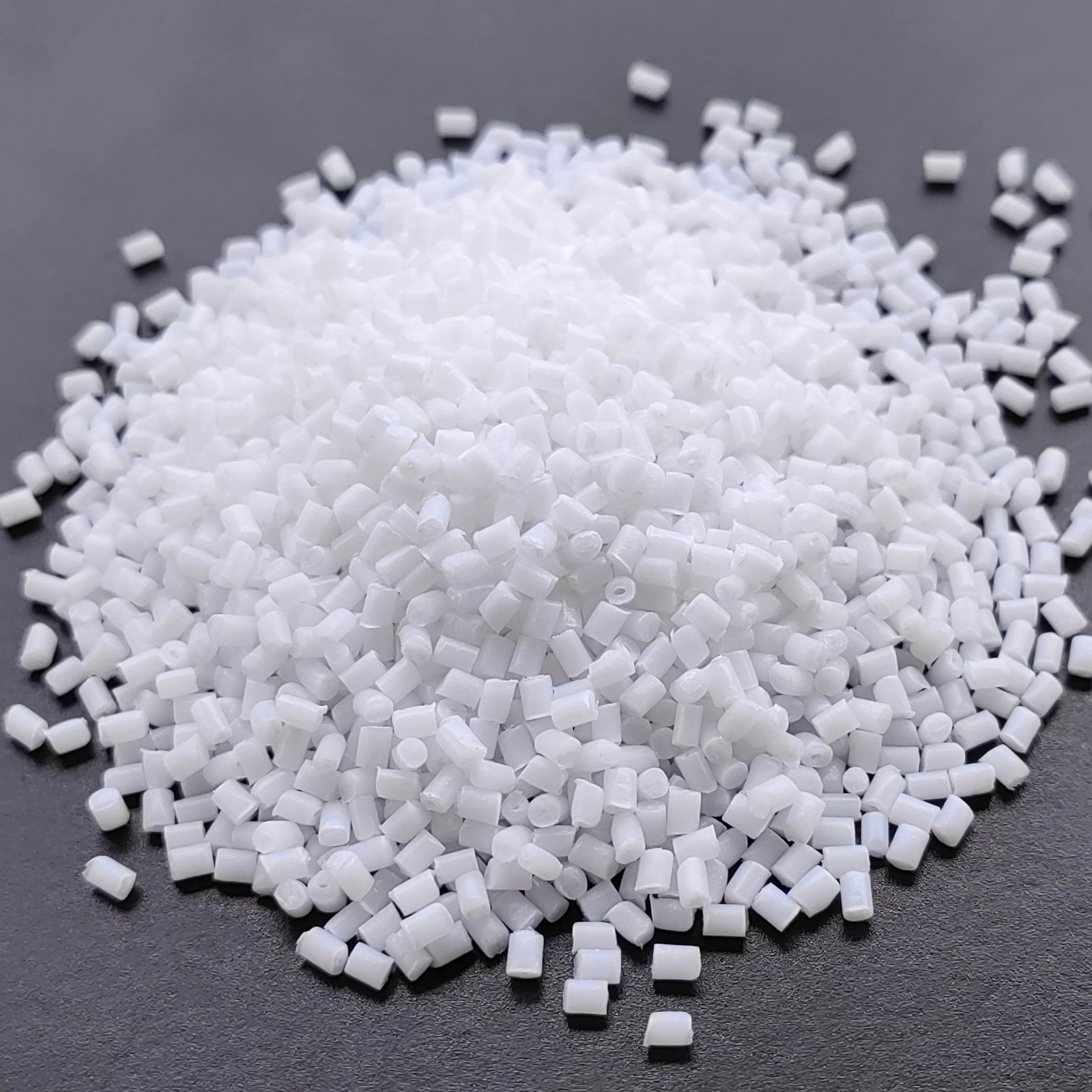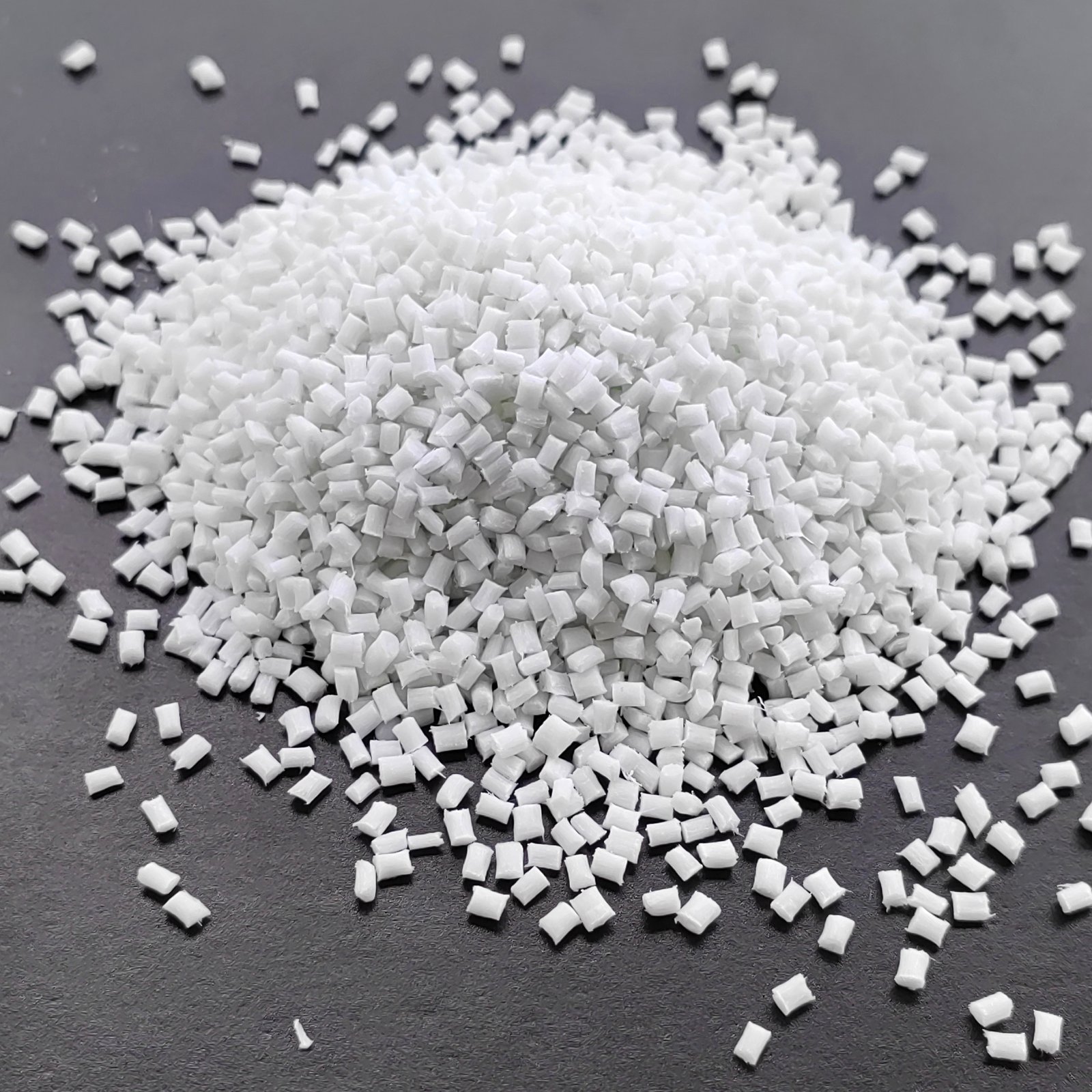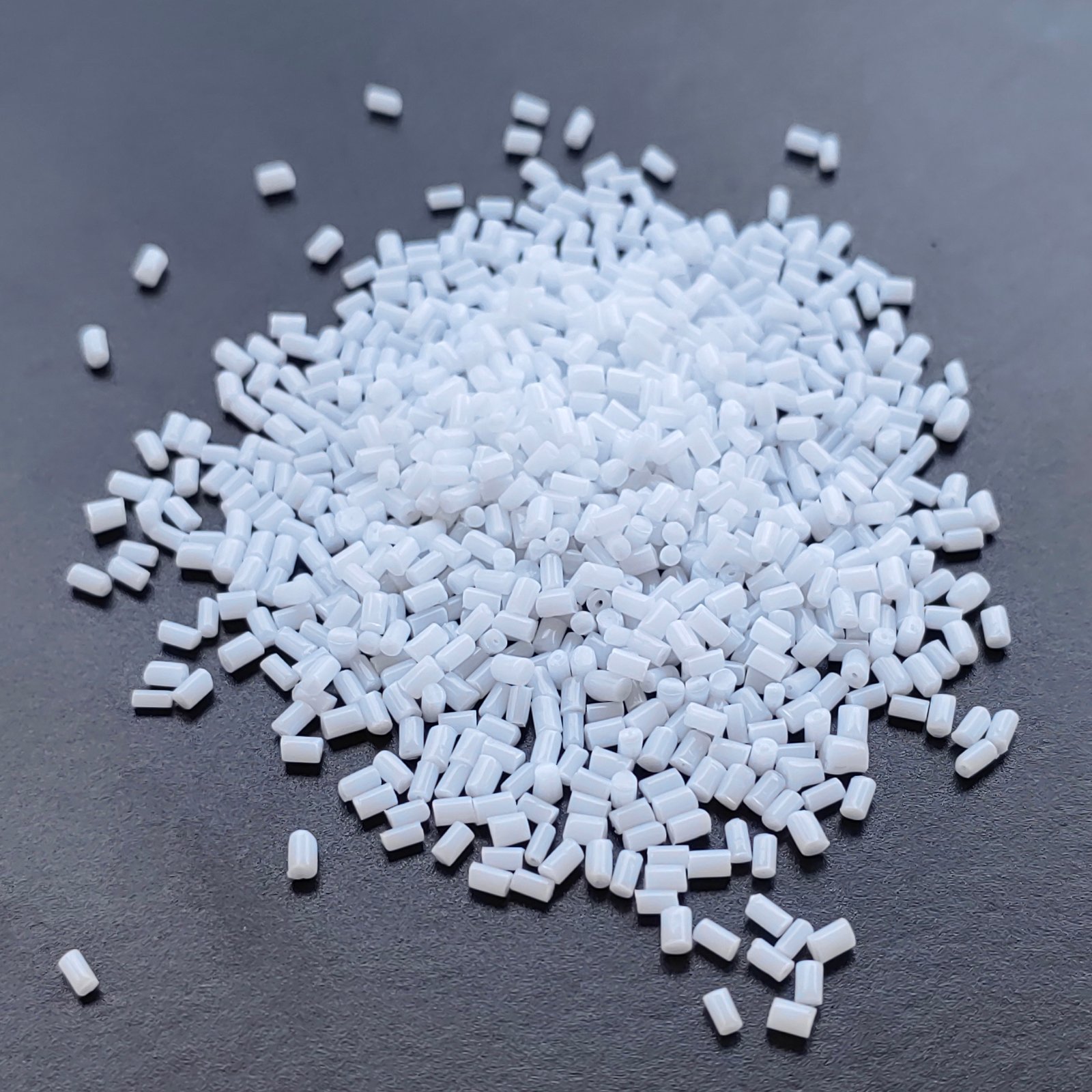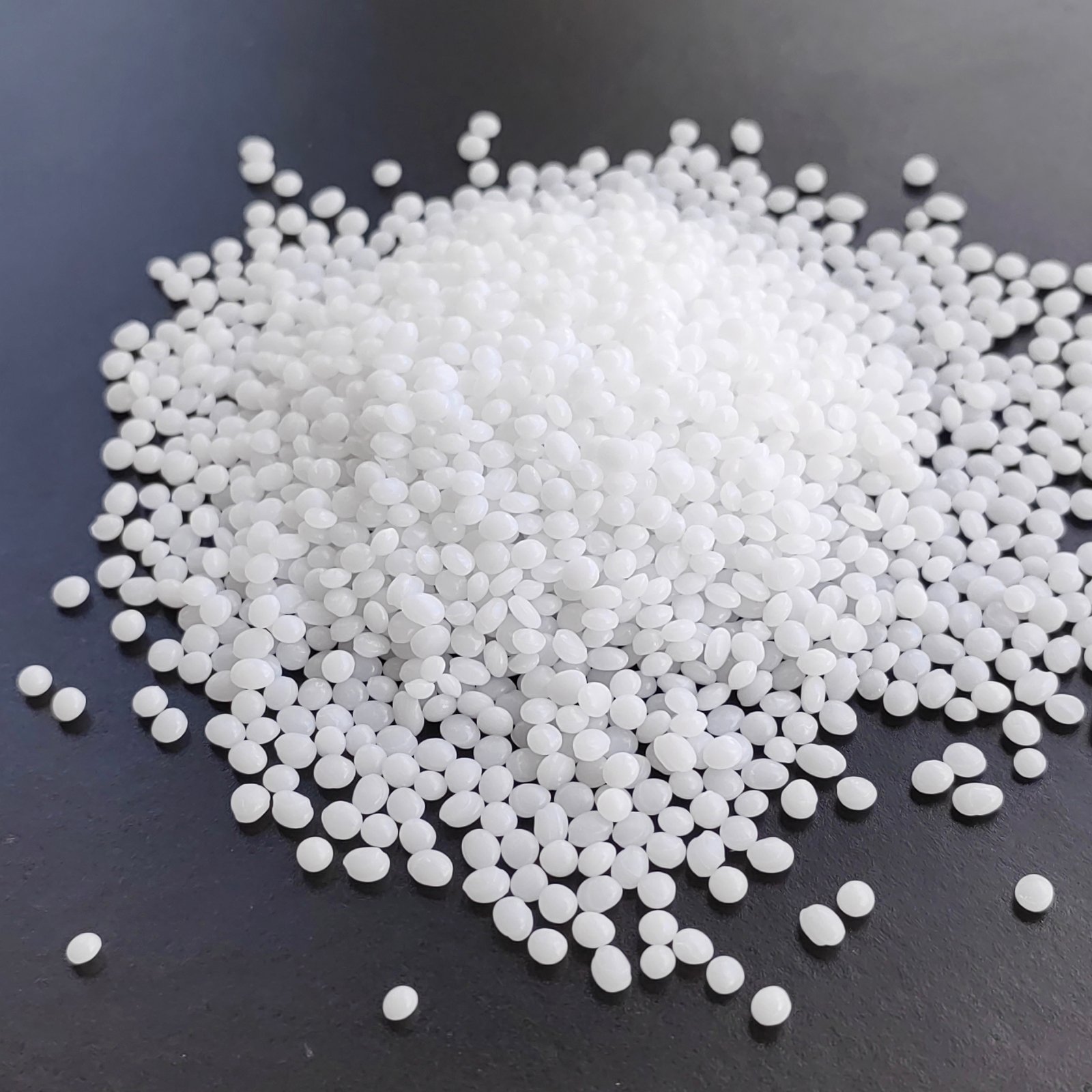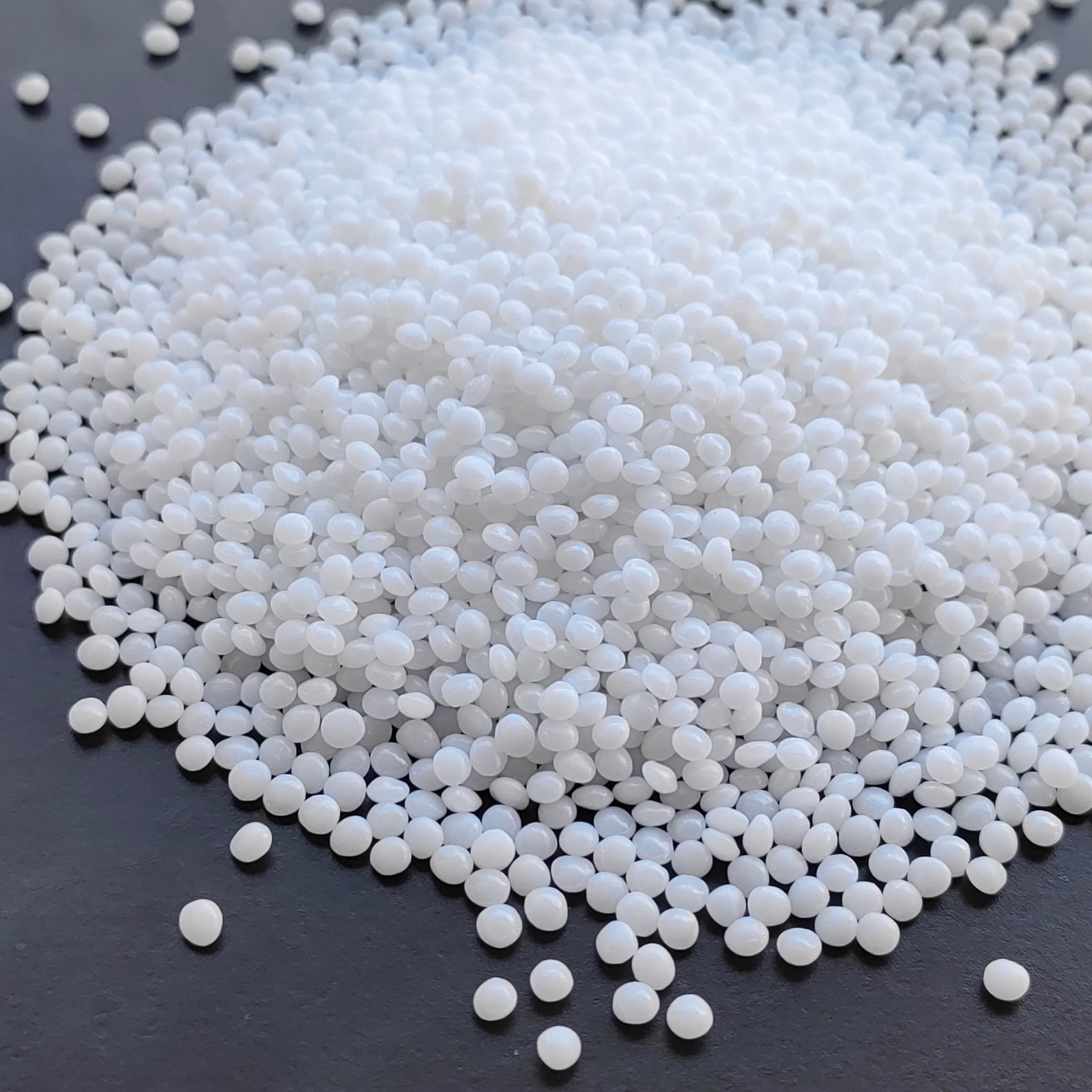PRODUCTOS
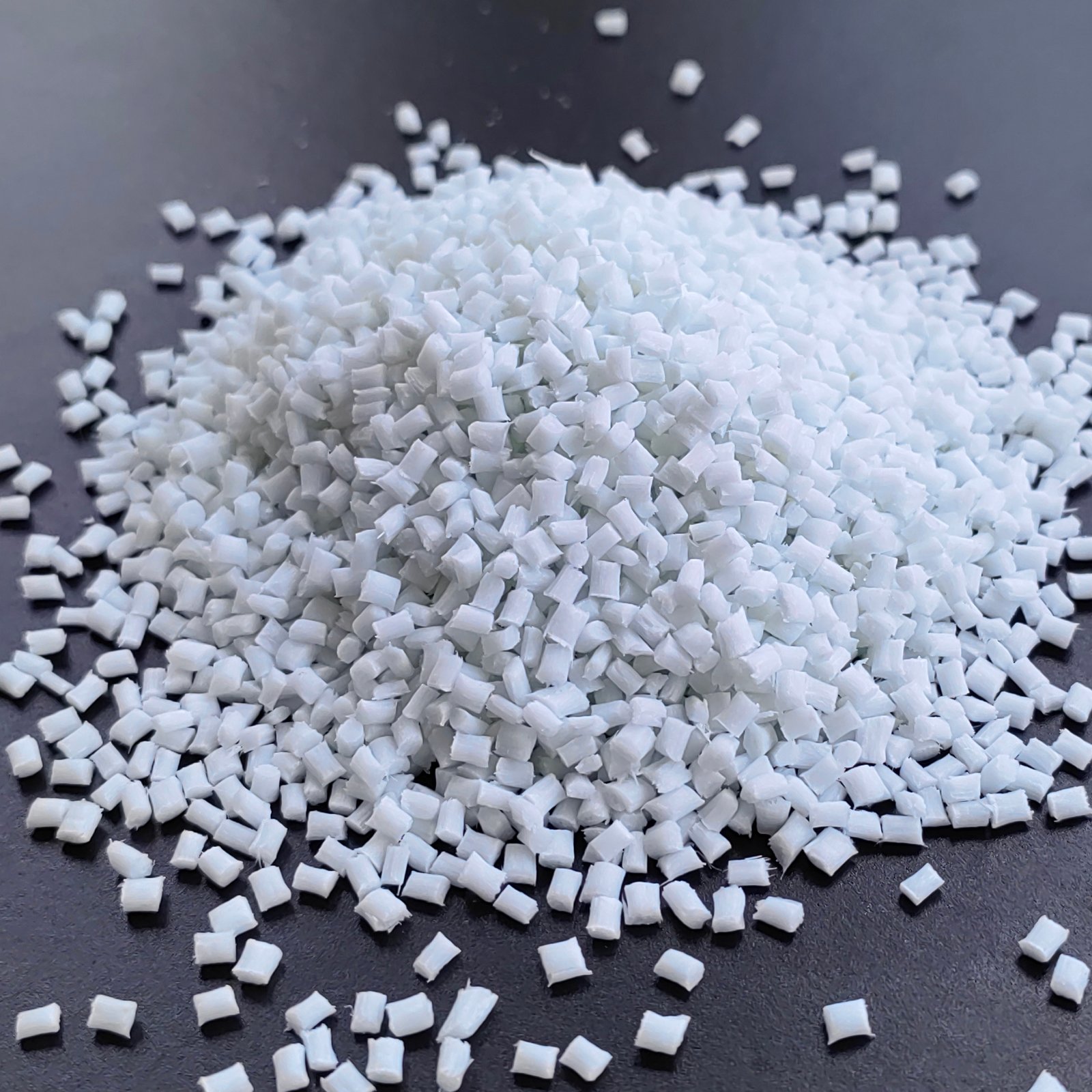

Introducción detallada de las materias primas plásticas de los pellets de plástico BASF POM H4320 AT
Estructura del producto
Polyformaldehyde plastic particles have attracted extensive attention in the field of materials science for their unique properties. POM H4320 AT has significant advantages as a semi-finished high molecular weight extruded plastic particles. Its ability to extrude thick-walled products at high yields makes it excellent in the manufacture of thick-walled components, meeting the needs of relevant industrial sectors for efficient production and specific structures.
From the point of view of material properties, POM H4320 AT is extrusion grade and heat stable, the additive contains release agents, and the processing method includes injection molding and extrusion molding, which provides flexibility for its application in different production processes. As a copolymer, POM H4320 AT also has the characteristics of color stability, high thermal stability, fade resistance, etc., to ensure the long-term performance of the product in complex environments.
POM H4320 AT is a highly crystalline polymer with excellent mechanical properties, its hardness, strength and stiffness are similar to metal, and it is one of the materials whose mechanical properties are closest to metal in engineering plastics. High bonding energy and high cohesion energy make it have good wear resistance, the uncrystallized part gathers on the spherulite surface, plays a lubricating role, effectively reduces friction and wear, and further expands its application scenario. Whether in machinery manufacturing or daily product production, POM plastic particles provide a strong support for industrial development with their unique properties.
| Comportamiento mecánico | Condición | Estándar | Valor | Unidad | |||
| Alargamiento | Producir | ISO 527 | 11 | % | |||
| Alargamiento | Romper | ISO 527 | 31 | % | |||
| Resistencia a la tracción | Producir | ISO 527 | 60 | MPa | |||
| Módulo de tracción | ISO 527 | 2400 | MPa | ||||
| Tensile Creep Modulus | 1hr | ISO 899 | 1800 | MPa | |||
| Tensile Creep Modulus | 1000hr | ISO 899 | 1300 | MPa | |||
| Charpy Un-notch Impact | -30°C | ISO 179 | 250 | kJ/m² | |||
| Impacto con entalla Charpy | 23ºC | ISO 179 | 6.5 | kJ/m² | |||
| Impacto con entalla Charpy | -30°C | ISO 179 | 5.5 | kJ/m² | |||
| Térmico | Condición | Estándar | Valor | Unidad | |||
| HDT | 1,8MPa | ISO 75 | 90 | °C | |||
| HDT | 0,45MPa | ISO 75 | 155 | °C | |||
| Temperatura de fusión | 10°C/min | ISO 11357 | 163 | °C | |||
| CLE | Fluir | ISO 11359 | 1.2E-4 | cm/cm/°C | |||
| Temperatura de ablandamiento Vicat | 50 °C/h 50 N | ISO 306 | 150 | °C | |||
| Propiedad fisica | Condición | Estándar | Valor | Unidad | |||
| Absorción de agua | ISO 62 | 1 | % | ||||
| Humidity Absorption | ISO 62 | 0.25 | % | ||||
| Contracción | Fluir | ISO 294 | 2.2 | % | |||
| Contracción | xFlujo | ISO 294 | 2.1 | % | |||
| Densidad | ISO 1183 | 1400 | kg/m³ | ||||
| Índice de fusión | 190°C 2,16 kg | ISO 1133 | 2.2 | cm³/10min | |||
| Propiedades electricas | Condición | Estándar | Valor | Unidad | |||
| CTI | IEC 60112 | 600 | V | ||||
| Constante dieléctrica | 100Hz | IEC 62631-2-1 | 3.8 | ||||
| Constante dieléctrica | 1 MHz | IEC 62631-2-1 | 3.8 | ||||
| Resistividad volumétrica | IEC 62631 | 1E11 | Ω.m | ||||
| Rigidez dieléctrica | CEI 60243 | 40 | kilovoltios/mm | ||||
| Dissipation Factor | 100Hz | IEC 62631-2-1 | 0.001 | ||||
| Dissipation Factor | 1 MHz | IEC 62631-2-1 | 0.005 | ||||
| Resistividad superficial | IEC 62631-3-2 | 1E13 | Ω | ||||
| Inflamabilidad | Condición | Estándar | Valor | Unidad | |||
| Limiting oxygen index | ISO 4589 | 15 | % | ||||
| Clasificación de llama | 1.6mm | UL94 | media pensión | ||||
| Clasificación de llama | 0.8mm | UL94 | media pensión | ||||
